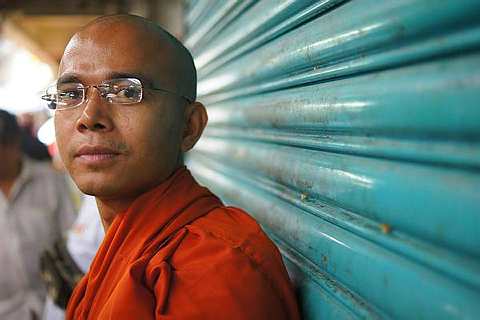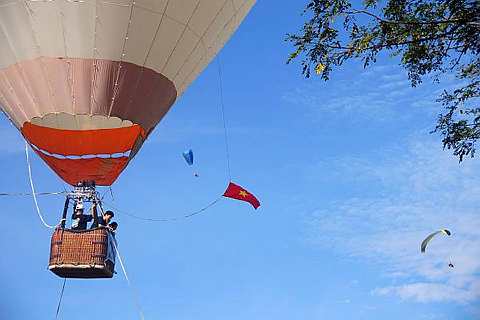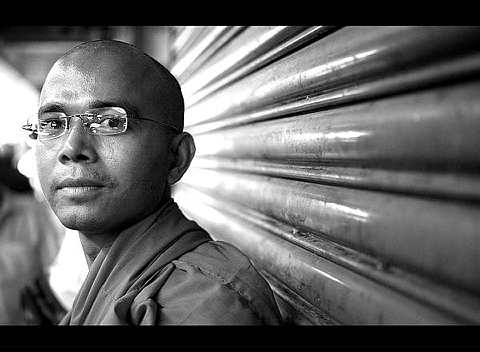Some people say that a good photograph is captured with the best skills, complimented by the appropriate composition, lens, camera, lighting and subject.
Well, I’d like to add that for a photo to be even more awesome, it needs to be touched up as well.
These days, this is done using a computer where one edits some properties of the photo in order to bring out certain elements in the image to further improve the presentation.
Undoubtedly, the best practice in photography is getting your camera settings right. If this is done well, the need for touching up of photos can be eliminated (or minimised).

One of the writer's pictures in its original colour form (top), and the same one which has been transformed into black and white to give it a more "arty" look.
That said, I would still suggest that they go through a minor editing process to improve the overall look (in the days before digital editing, photos were mainipulated, or “edited” manually in dark rooms).
This is especially so if you usually use a compact camera, which compared to digital SLRs, allows you less control of settings.
With DSLRs, users can manually input contrast, saturation and sharpness values. This is the most important setting to master if you want your photos to look sharp, vivid and high in contrast. Other options like temperature of the white balance, exposure and composition has to be perfect as well.
The most popular photo editing program is Adobe Photoshop, despite there being many other (cheaper or free) options out there, including Picasa, Lightroom and Aperture.
The basic post-processing steps revolve around one objective, which is to produce a saturated photo with the right exposure and contrast. In order to do this, we need to go to the brightness and contrast settings. If the photo seems to be darker, then we should increase the brightness.
Contrast control is to add to the gap between bright and darks. For instance, the sky is a bright area and shadows are a dark area. Increase the contrast if you want to further differentiate these two elements.
As for saturation levels, this depends on the photographer. Some might want their photos to be more vivid while others prefer a milder colour tone or even black and white.
When a photo is high in exposure, the colour is usually faded. So when you have a slower exposure photo which caused your photo to be over-exposed, you need to decrease the brightness, increase contrast and also the saturation.
Computer editing can fix some of this (although, ideally, the best way is getting the settings right straight out of the camera).

The writer also snapped a picture of a hot air balloon. However, by cropping the picture, in such a way (below), it removes any other elements that might have been distracting in the earlier shot.
And here’s another tip about colours: If you think your photo is badly captured and couldn’t be saved anymore, turn the saturation off because often times a black and white photos can be considered more artsy so you might be able to get away with the imperfection of the shot.
Apart from the methods mentioned above, one other step in post processing takes a big role too – cropping.
Not everyone has the eye for composition when taking shots, so here are two simple tips.
Always find something to focus on in your photo. If it’s a wide angle shot, crop it so that the subject becomes more obvious than the surrounding. Cropping also helps to eliminate unwanted elements which might spoil your picture. A simple portrait of a person should not be spoilt with a blurry bird flying past at the top of the photo. Cropping it out will allow the viewer to focus only on the person and nothing else.
There’s something else that we need to know about cropping. In order to bring a dramatic feel to our photos, we can try a narrow crop horizontally or vertically. Just like in the theatres, we can remove the top and bottom of the photo to add a cinematic feel to it.
So those are some of the basic post processing steps which can be practiced by all photographers. A well-taken picture is nice, but only the properly processed ones will stand out among the rest.
Having said all that, while photo editing can improve the overall look of your photos, it does not mean you should carelessly snap pictures.
We should not rely on software. Pictures should look good right out of the camera.
> Jason Goh is known on the blogsphere as smashpOp. Visit his blog or follow him on Twitter.




Tell us what you think!